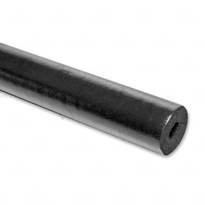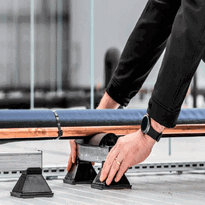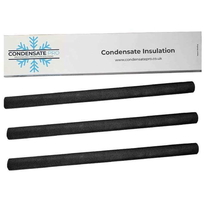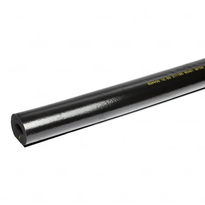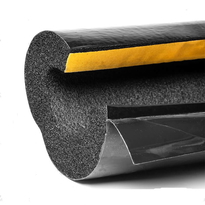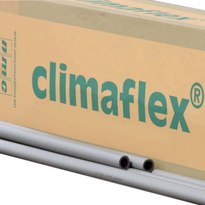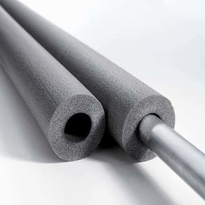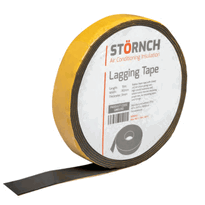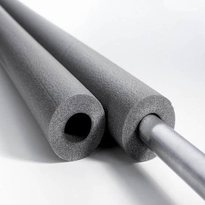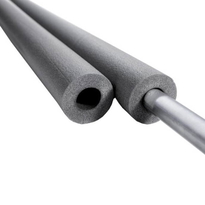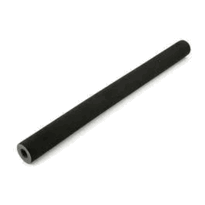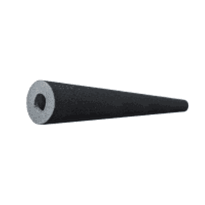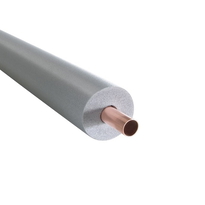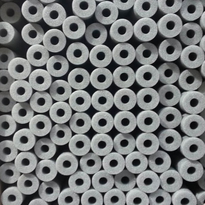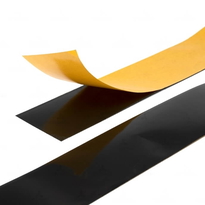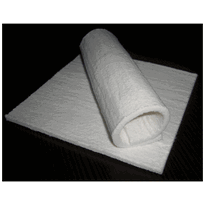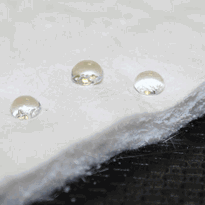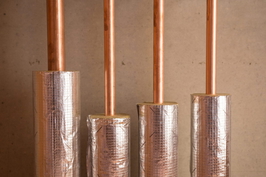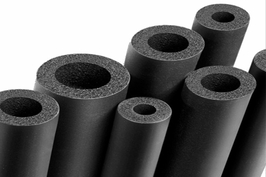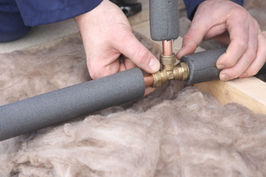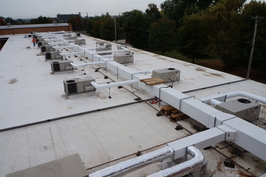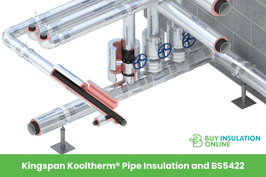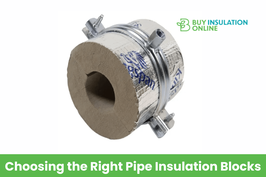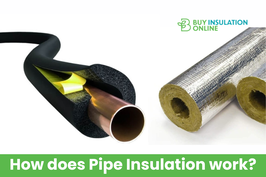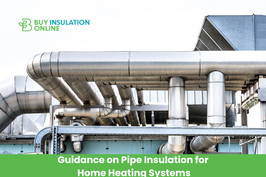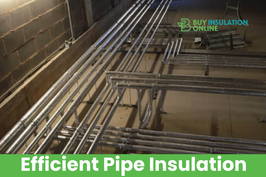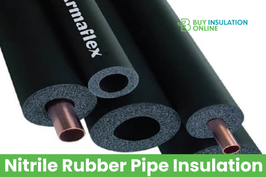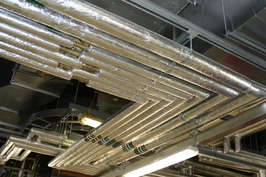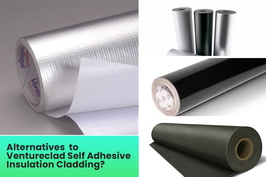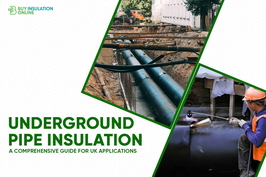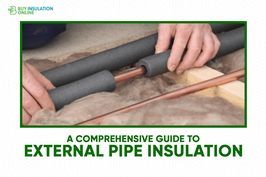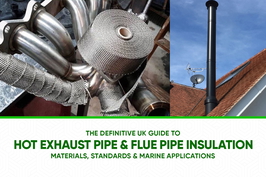External Pipe Lagging 40MM
External pipe lagging in 40mm sizes offers an effective means of thermal insulation, safeguarding pipes from fluctuations in temperature and damage caused by weather conditions. In colder climates, it helps prevent freezing, ensuring the continuous flow of fluids and reducing the risk of burst pipes.
When selecting materials, common options include polyethylene foam, fiberglass, or mineral wool. These materials can be tailored in thickness to suit specific operating environments and temperature ranges, enhancing insulation effectiveness.
Accurate measurement is essential; using calipers to determine the outside diameter ensures a precise fit. Proper installation is equally important, with snug-fitting lagging maximizing energy efficiency and increasing the durability of the insulation.
For long-term benefits, correctly specified and installed external pipe lagging not only maintains optimal pipe temperatures but also minimizes heat loss and reduces maintenance costs over time. This makes it a vital component in maintaining the integrity and efficiency of pipe systems across UK infrastructure and domestic settings.
Types of Materials for 40MM External Pipe Lagging
When selecting materials for 40mm external pipe lagging, it's important to consider the specific properties and suitable applications of each option. Different materials offer distinct advantages regarding insulation performance, durability, and suitability for various environmental conditions. Polyethylene foam insulation is lightweight and flexible, making it ideal for residential or commercial applications, particularly in cooling systems. It provides good thermal insulation and moisture resistance but is less suitable for outdoor exposure without additional protective coverings. Polyurethane and polyisocyanurate foams are known for their excellent durability and high-temperature resistance. These characteristics make them suitable for industrial environments where demanding conditions are present. They also offer effective thermal insulation and moisture barriers. Fibreglass insulation provides high heat resistance and corrosion resistance. It's often preferred for hot pipe applications, especially where long-term stability and safety are required. Mineral wool offers superior fire safety and excellent thermal insulation for high-temperature environments. It's frequently used outdoors, where it can be combined with protective coverings to withstand the elements. Choosing the right material involves understanding these properties and ensuring compatibility with the specific requirements of your installation site. Understanding these material properties is crucial for making the right choice, ensuring the insulation performs efficiently and reliably over its lifespan. Additionally, considering the weather conditions in your installation area can help determine the most durable and effective insulation material.
Standard Thickness Specifications for 40MM Pipe Insulation
The standard thickness specifications for 40mm pipe insulation are determined by a combination of factors, including the pipe’s diameter, operating temperature, and the desired thermal performance. Insulation thickness varies depending on these parameters to ensure safety, efficiency, and compliance with industry standards.
Generally, pipes operating at higher temperatures require thicker insulation to maintain effective thermal performance and prevent heat loss or transfer issues. For instance, pipes functioning at elevated temperatures typically need insulation thicknesses ranging from approximately 38 mm to 127 mm (1.5 inches to 5 inches). Conversely, pipes operating at lower temperatures may require less insulation.
Below are typical specifications based on different operating conditions:
Pipe Diameter |
Operating Temperature |
Minimum Thickness |
| 40 mm | Low Temperature (10-65°C) | 38 mm |
| 40 mm | High Temperature (180-760°C) | 127 mm |
Additional considerations include the specific application and local safety standards, which may influence the precise insulation thickness chosen. Ensuring adequate insulation thickness is vital for maintaining energy efficiency, preventing heat loss, and complying with UK safety regulations.
In summary, for a 40mm pipe:
At lower temperatures, insulation thickness typically starts at around 38 mm.
At higher temperatures, thicker insulation around 127 mm is generally required.
Proper selection of insulation thickness also depends on material properties and insulation type used.
Always consult relevant industry standards and local regulations to determine the most appropriate insulation specifications for your specific application. Proper insulation thickness is essential for optimal performance and safety.
Proper Measurement and Sizing Techniques for Accurate Fit
Accurate measurement and sizing are essential for ensuring the insulation fitting process is precise and effective, which directly influences performance and safety. To achieve this, professionals measure the outside diameter (O.D.) of the pipe using calipers or a vernier scale, taking multiple readings at different points—particularly for round pipes—and then averaging these measurements to account for any ovality. For oval-shaped pipes, separate measurements of the maximum and minimum diameters provide a more accurate estimation of the fit. Digital calipers, zeroed at 0 mm, enhance consistency and minimize human error. Additionally, measuring the full length of the pipe segment, including any bends or irregularities, guarantees complete coverage. Using the appropriate measurement tools is crucial to obtaining accurate dimensions. Recognizing the importance of correct sizing standards ensures that insulation materials like external pipe lagging fit snugly, preventing gaps that can diminish thermal performance. All measurements are converted to metric units, aligning with the 40 mm lagging standards, and are verified against manufacturer sizing guides to confirm accuracy before proceeding with ordering materials.
Best Practices for Installing External Pipe Lagging
Proper installation of external pipe lagging requires meticulous attention to securing the insulation material firmly around the pipe and ensuring a continuous, tight fit to maximize thermal efficiency and protection against environmental elements. Cold pipes in exposed areas require insulation to prevent freezing and burst pipes, making proper application crucial for durability. Insulation should be selected based on environmental conditions, with thicker, waterproof, or water-resistant materials used for outdoor applications exposed to moisture, UV rays, and temperature fluctuations. Securing methods include clamps, adhesive tapes, or plastic ties; these should hold the lagging tightly without compressing or damaging the material. For complex pipe geometries, especially joints or elbows, insulation must be carefully fitted and fastened to maintain continuous coverage. Additionally, external cladding should be applied over the lagging to protect against weather and mechanical damage, with attention to ventilation and weatherproof sealing to ensure long-term performance. Using weatherproof tapes can further enhance durability and prevent water ingress at joints and penetrations.
Enhancing Energy Efficiency and Protective Benefits
External pipe lagging enhances energy efficiency by significantly reducing heat loss along hot water pipes, aiding in maintaining the desired temperature of transported fluids. This insulation minimizes the energy required to reheat water, directly lowering energy consumption and reducing costs for both residential and commercial systems.
A lagging thickness of 40mm offers an optimal balance between insulating performance and material use, ensuring improved thermal retention without unnecessary expenditure.
Protective benefits include decreasing the risk of pipes freezing in cold climates, thereby preventing pipe bursts and damage caused by seasonal temperature fluctuations.
Additionally, lagging helps control condensation by maintaining pipe surface temperatures above the dew point, which reduces the risks of water damage, mold growth, and corrosion. Sustainable insulation materials are increasingly used to further enhance the environmental benefits of pipe insulation.
These measures support the longevity of plumbing systems while promoting energy savings and environmental sustainability.
Conclusion
Selecting the appropriate materials, carefully measuring pipe dimensions, and adhering to established installation procedures are vital for effective 40mm external pipe lagging. Proper application enhances insulation efficiency, extends the lifespan of the pipe, and boosts energy performance. Using recommended practices ensures a secure fit and maximum protective benefits. This structured approach guarantees that the insulation performs as intended, reduces the need for future maintenance, and supports reliable long-term operation. Following these guidelines results in a professionally installed, durable, and efficient pipe lagging system.
